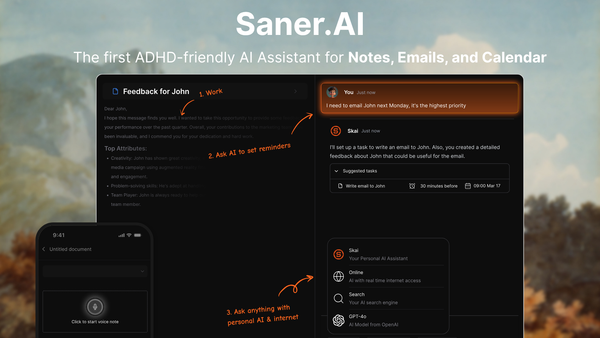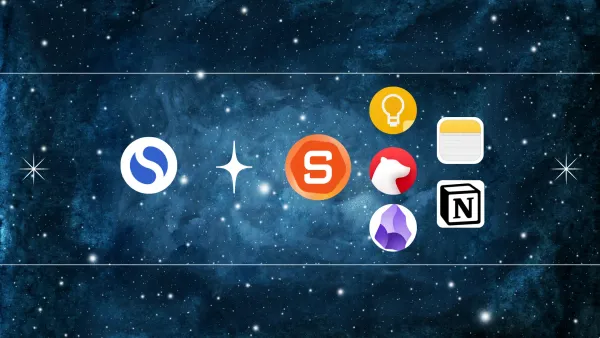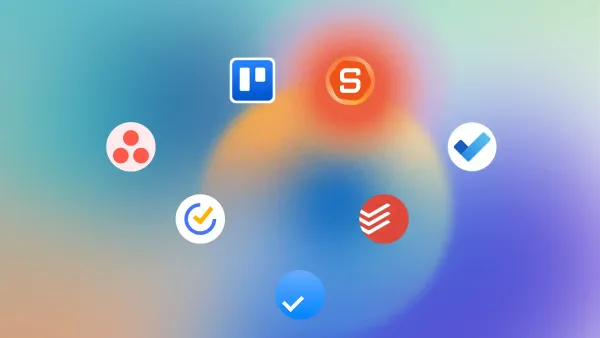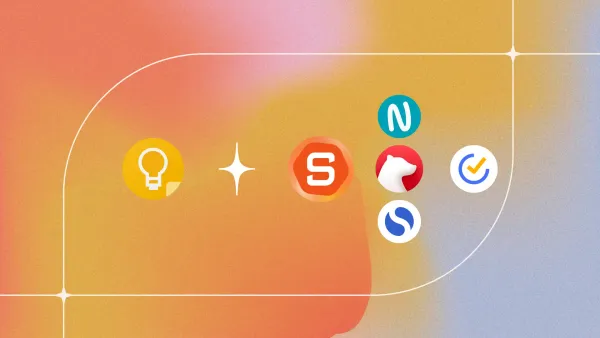Apply What you Learned with 6 simple steps [2025]

Apply what you learned with 6 simple steps
Life is full of learning opportunities, but the true challenge lies in applying that knowledge effectively to see tangible results. This is particularly crucial when it comes to enhancing our careers and achieving our goals.
As a lifelong learner, I've explored a wide range of topics from business building to renewable energy. And after a while, I realized that understanding something is just the beginning; the real magic happens when you apply this knowledge.
In today's era of AI, information is more accessible than ever. With all these resources at our fingertips, effectively applying what we learned or read is as crucial as the learning process itself
Learning effectively involves two key steps.
- The first is acquiring knowledge, whether through reading or being taught.
- The second, and often overlooked step, is applying this knowledge.
Without application, knowledge remains just a theory in our heads. To truly benefit from what we've learned, we must put it into practice, using it to advance our goals and improve ourselves.
So, how can you effectively apply what you've learned? Here’s a straightforward approach:

6 Effective Steps to Actually Apply You Learned
I assume that by now, you've already taken notes on what you want to apply, learned a lot, and captured plenty of relevant information. With that foundation in mind, here's how you can effectively utilize those to gain actual results:
1. Identify what you want to apply
Start by selecting knowledge that aligns with your goals and can provide tangible benefits. Understanding why you're learning something makes it easier to apply it.
Start by asking yourself:
- What’s most relevant to my current challenges or goals?
- Which ideas excited me the most when I heard or read them?
- Which one could have the biggest impact if I followed through?
Example: You listened to a podcast on giving better feedback. Instead of trying to change your entire communication style overnight, start with just one framework from that episode - like the SBI (Situation-Behavior-Impact) method.
Why this matters:
When you have a clear reason for applying something - whether it's to improve a relationship, get promoted, or reduce stress - it becomes way easier to take action. You're not just applying knowledge randomly. You're moving with purpose.
My example: I want to apply the feedback framework I learned from a Master of Scale podcast to provide feedback to my employees in a way that's easier for them to accept and improve upon.
2. Revisit and Re-engage With Your Notes
Once you've picked a concept to apply, it’s time to go back and actually re-read what you captured.
Most people take notes and never look at them again. But reviewing your notes - even briefly - refreshes your memory, clarifies the details, and helps you internalize the lesson.
A few effective ways to revisit:
- Skim your highlights
- Summarize the main point in your own words
- Create a short list of "application ideas"
Pro Tip: Use spaced repetition - the learning technique where you revisit content at increasing intervals (e.g., Day 1, Day 3, Day 7). This turns short-term learning into long-term memory.
If your notes are stored digitally (like in Saner.AI, Notion, or Obsidian), you can even set review reminders to resurface them automatically.
3. Visualize How You’ll Use It in Real Life
Now that you’ve revisited the concept, the next step is to mentally rehearse using it. Visualization helps bridge the gap between theory and action.
Imagine:
- When and where you apply the idea
- Who else might be involved
- How it will feel
- What outcome you hoping for
Example: If you learned a new presentation technique, picture yourself using it in your next pitch. What will you say? How will your audience react? What part of the technique will you emphasize?
Why this works:
Visualization has been shown in studies (especially in sports psychology) to increase the likelihood of follow-through and success. It primes your brain to recognize the opportunity when it arises.
Even 60 seconds of vivid imagining is enough to make an idea more “real” and actionable.
Here’s a quick read about the power of visualization
4. Put It Into Practice (Even If It's Messy at First)
This is the make-or-break moment: actually using what you learned.
Here’s the trick: you don’t have to get it perfect - you just have to get started.
Start with a small, low-risk application:
- Test a new communication technique in a 1:1 instead of a big meeting
- Try a new planning method for tomorrow’s schedule - not your whole month
- Use a productivity trick for one task, not your entire workflow
To help with follow-through:
- Set a calendar event
- Add it as a task with a deadline
- Write yourself a sticky note
- Or better yet, use an AI tool to remind you at the right moment
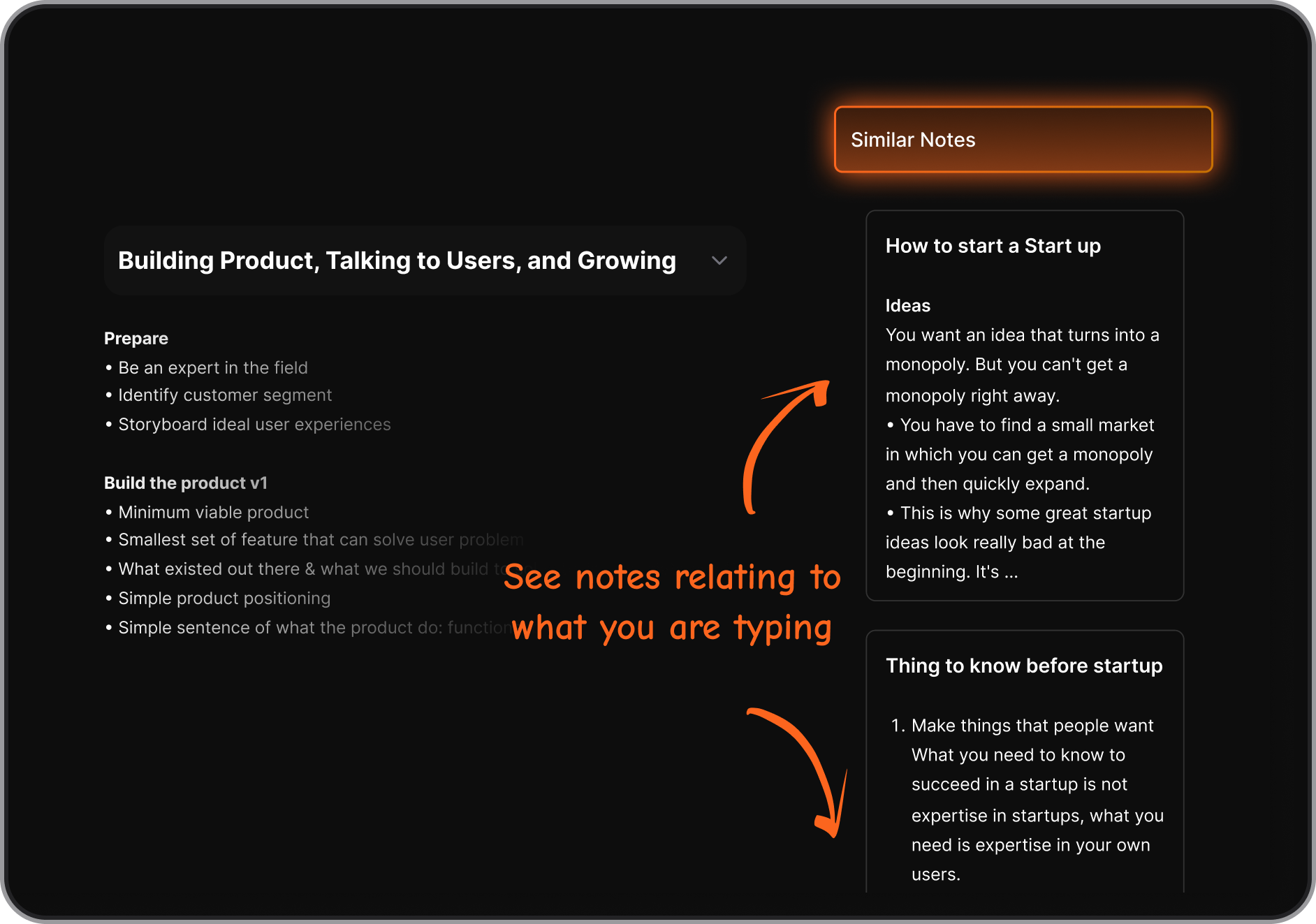
The goal isn’t to wait until you're “ready.” It’s to try, reflect, and adjust.
5. Reflect, Adjust, and Learn Again
After you try something, don’t just move on. Take time to look back and learn from the attempt.
Ask yourself:
- What worked well?
- What didn’t land the way I expected?
- Did I feel more confident or more confused?
- What would I change next time?
You’ll often discover that even partial success is progress. And when things don’t work, that’s gold - because now you know what needs tweaking.
Journaling, even a few lines, can give you huge clarity. Something like:
“Tried giving positive feedback using the SBI method. Felt a little robotic, but my team member appreciated the clarity. Next time I’ll soften the tone more.”
This reflective step helps you internalize the lesson, spot your growth, and build momentum.

6. Seek Accountability
The truth is, we’re much more likely to follow through when someone else knows about our intention. Accountability turns ideas into action.
Here’s how to implement accountability:
- Tell a friend, coworker, or coach what you’re trying to apply
- Ask them to check in on your progress
- Even better, invite them to try it with you
Example: “Hey, I’m trying to apply that principle from How to Win Friends & Influence People - listen more, talk less. Call me out if I start talking over people!”
Not only will this make you more likely to stick with it, but your accountability partner might even offer useful feedback or ideas you hadn’t considered.
Also, when you share your learning journey, you inspire others to grow too. Win-win.
Final Thought
Note-taking is only the first half of learning. Applying them is where the magic happens. It doesn’t need to be perfect. It just needs to be consistent.
By following these steps - pinpointing what matters, reviewing, visualizing, testing, reflecting, and getting support - you’ll turn knowledge into behavior. Ideas into action. And learning into lasting change.
Don’t let your notes collect digital dust. Use them to change something - big or small - about how you work, think, or live.

